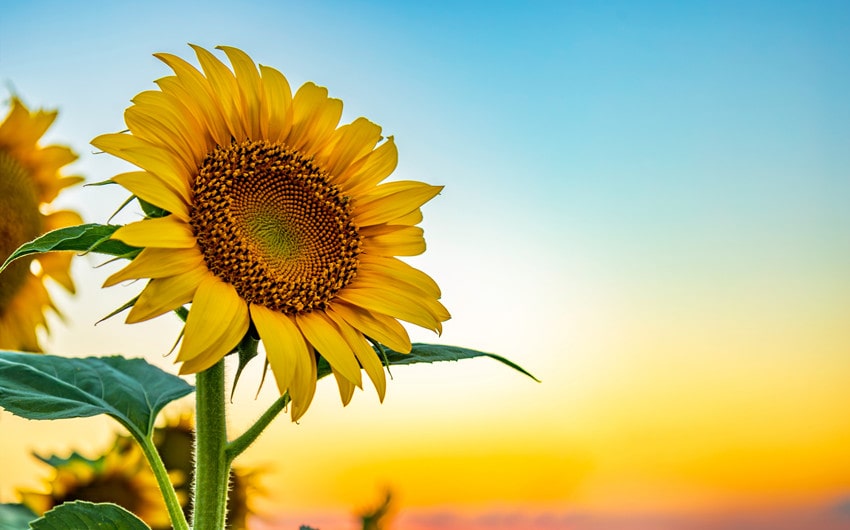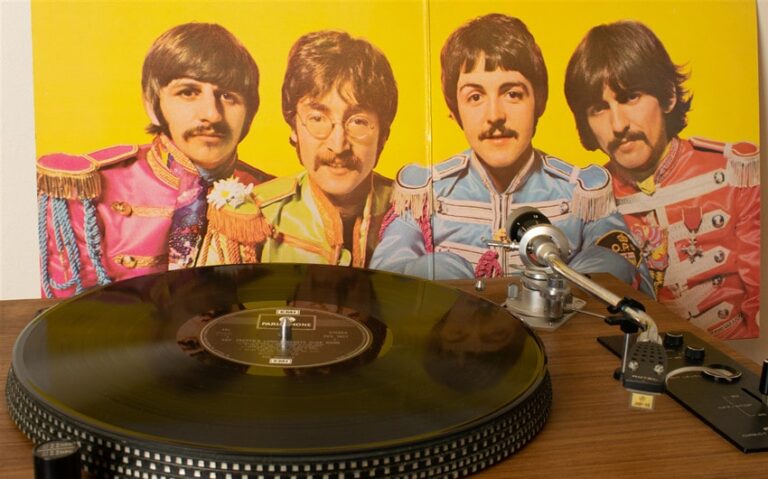Flowers That Represent Happiness: 15 Joyful Blooms to Uplift Your Spirit
Flowers have a universal language that transcends words, bringing beauty, joy, and emotional warmth wherever they bloom. Certain flowers are especially associated with happiness, radiating positive energy, vibrant colors, and cultural symbolism that uplifts the spirit. In this article, discover 15 flowers that represent happiness and learn how their presence can brighten your space, elevate your mood, and add meaning to your gifts.
1. Sunflower
Symbolism and Emotional Meaning: Sunflowers symbolize pure happiness, warmth, and loyalty. Their bright yellow petals, resembling the sun, make them one of the most iconic flowers associated with joy and positivity.
Cultural Significance: In many cultures, sunflowers are seen as symbols of adoration, longevity, and good luck. They are often gifted to celebrate achievements, new beginnings, or to cheer someone up.
Practical Use: Display sunflowers in your home or office to infuse the space with vibrant, sunny energy. They make perfect gifts for celebrations or to brighten someone’s day when they need encouragement.
2. Gerbera Daisy
Symbolism and Emotional Meaning: Gerbera daisies are known for their bold, cheerful colors and represent innocence, purity, and happiness.
Cultural Significance: These flowers are popular in floral arrangements meant to express joy, friendship, and playful affection.
Practical Use: Use Gerbera daisies in bouquets to convey joy or as a centerpiece in social gatherings to create a lighthearted, welcoming atmosphere.
3. Marigold
Symbolism and Emotional Meaning: Marigolds are associated with positive emotions like warmth, creativity, and emotional resilience. Their golden hues symbolize the energy of the sun and personal strength.
Cultural Significance: In many cultures, including Indian and Mexican traditions, marigolds are used in celebrations, rituals, and festivals as symbols of brightness and the joy of life.
Practical Use: Use marigolds in home altars, festivals, or personal spaces to foster creativity, positivity, and emotional renewal.
4. Tulip (Yellow)
Symbolism and Emotional Meaning: Yellow tulips represent cheerful thoughts, new beginnings, and sunshine-like warmth.
Cultural Significance: Tulips are often associated with springtime, rebirth, and happiness across various cultures.
Practical Use: Gift yellow tulips to friends or loved ones during times of change or new beginnings to uplift their spirits and wish them well.
5. Chrysanthemum (Yellow)
Symbolism and Emotional Meaning: Yellow chrysanthemums symbolize happiness, joy, and optimism. In certain cultures, they also represent long life and vitality.
Cultural Significance: In Japanese culture, chrysanthemums are revered as symbols of the sun and happiness.
Practical Use: Use yellow chrysanthemums in festive floral arrangements or garden spaces to encourage positivity and lightheartedness.
6. Daffodil
Symbolism and Emotional Meaning: Daffodils symbolize new beginnings, hope, and happiness. Their bright yellow flowers bring a sense of renewal and encouragement.
Cultural Significance: In Wales, daffodils are associated with national pride and are seen as symbols of good fortune and resilience.
Practical Use: Incorporate daffodils in springtime decorations or give them as gifts to inspire hope and joy during transitions or new chapters.
7. Freesia
Symbolism and Emotional Meaning: Freesia flowers symbolize innocence, friendship, and joyous trust.
Cultural Significance: Freesias are often used in celebrations of love, friendship, and trust, making them popular in weddings and joyful occasions.
Practical Use: Use freesias in personal bouquets or home vases to create a fresh, uplifting environment that fosters trust and friendship.
8. Zinnia
Symbolism and Emotional Meaning: Zinnias represent joy, remembrance, and endurance. Their bright, bold colors reflect a zest for life and a cheerful outlook.
Cultural Significance: Zinnias are traditional garden favorites, known for their vibrant colors and symbolism of enduring affection.
Practical Use: Plant zinnias in your garden to maintain a vibrant, happy energy, or gift them to friends as a reminder of enduring joy and support.
9. Ranunculus
Symbolism and Emotional Meaning: Ranunculus flowers represent charm, radiance, and playful affection, bringing smiles wherever they appear.
Cultural Significance: These layered, rose-like blooms have been used throughout history to express attraction and lighthearted affection.
Practical Use: Use ranunculus in romantic or friendly bouquets to bring a playful, radiant energy to the gesture or space.
10. Peony (Pink and Yellow)
Symbolism and Emotional Meaning: Peonies symbolize happiness, prosperity, and heartfelt affection. Yellow and pink peonies are especially linked to joy and celebration.
Cultural Significance: In Chinese culture, peonies are regarded as symbols of happiness, wealth, and honor.
Practical Use: Include peonies in celebrations, weddings, or home arrangements to create a lush, joyous energy that speaks of love and abundance.
11. Cosmos
Symbolism and Emotional Meaning: Cosmos flowers symbolize balance, harmony, and joyful tranquility.
Cultural Significance: In the Victorian language of flowers, cosmos represented order, peace, and cheerful companionship.
Practical Use: Use cosmos in garden spaces or meditative areas to inspire a balanced, happy energy, or gift them to promote peace and harmony.
12. Sweet Pea
Symbolism and Emotional Meaning: Sweet peas convey blissful pleasure, gratitude, and light-hearted joy.
Cultural Significance: Sweet peas are popular in European traditions, where they represent delicate pleasure and are often used in weddings.
Practical Use: Include sweet peas in personal rituals of self-care or gratitude to remind yourself to savor the small joys in life.
13. Poppy (Red and Orange)
Symbolism and Emotional Meaning: Red and orange poppies represent imagination, positivity, and emotional freedom.
Cultural Significance: While poppies can also symbolize remembrance, in vibrant hues they are associated with celebration and creative inspiration.
Practical Use: Display poppies in creative spaces to stimulate joy, imagination, and emotional openness, or gift them to honor free-spirited loved ones.
14. Helianthus (Wild Sunflowers)
Symbolism and Emotional Meaning: Beyond the common sunflower, wild Helianthus species symbolize wild joy, natural beauty, and playful optimism.
Cultural Significance: In folklore, wild sunflowers symbolize the resilience to find joy in unexpected places.
Practical Use: Use wild sunflowers in rustic decor or personal spaces to remind yourself of the beauty of spontaneity and the happiness found in simple pleasures.
15. Calendula
Symbolism and Emotional Meaning: Calendula flowers symbolize cheerfulness, hope, and emotional healing. Their golden hues uplift the spirit and foster emotional warmth.
Cultural Significance: Used historically in healing rituals, calendula is associated with comfort, happiness, and protection.
Practical Use: Use calendula petals in herbal teas, self-care rituals, or as bright floral arrangements to invite calm happiness and healing energy into your life.
Final Thought
Each of these flowers offers more than just beauty—they hold symbolic energies that can uplift your emotions, inspire joy, and create spaces of peace. Whether you plant them in your garden, place them in your home, or give them as gifts, these blooms serve as gentle reminders that happiness often starts with simple, heartfelt connections to nature and beauty.






